No Results Found
The page you requested could not be found. Try refining your search, or use the navigation above to locate the post.
The page you requested could not be found. Try refining your search, or use the navigation above to locate the post.
Features information that is relevant to travellers who are thinking about and actively planning a visit to Mauritus.
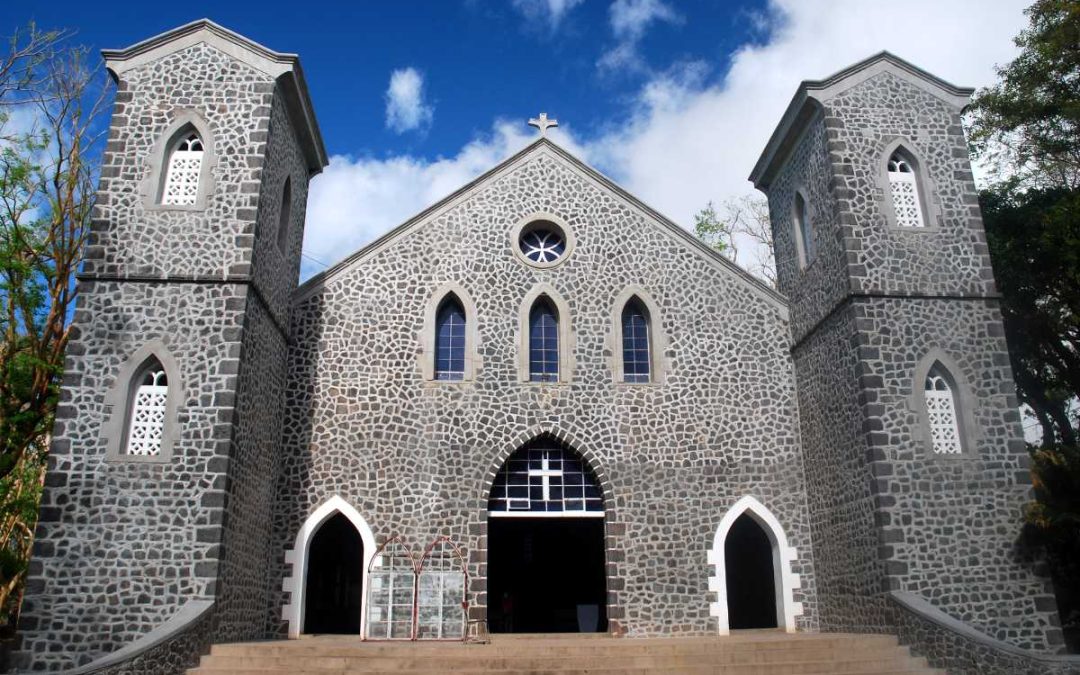
Saint Gabriel church is located at the heart of Rodrigues Island and has one of the largest Port Louis diocese congregations. The religious building serves as a cathedral of the Catholic Church’s Apostolic Vicariate of Rodrigues. About 32.7% of the Mauritian population adheres to Christianity and Christian beliefs. Christianity was introduced in Mauritius with the arrival of the Dutch.
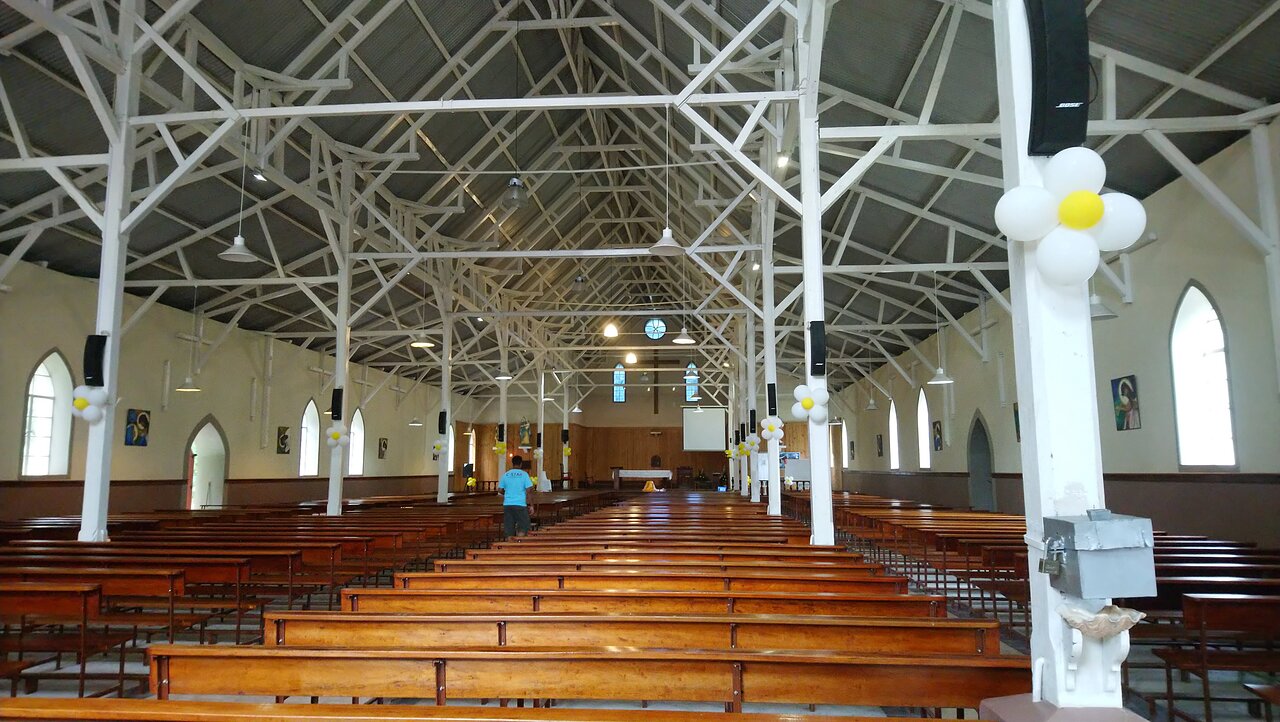
The parish of Saint Gabriel, the largest in Rodrigues, includes 33 villages. Placed at the heart of this parish territory, the newly renovated cathedral is a place of worship for more than twelve thousand parishioners.
It is also the seat of the bishop of the Apostolic Vicariate of Rodrigues. Hundreds of people from all parts of the island gather here every Sunday for the Mass.
Hardworking local volunteers hoisted sand, stone and corals from all parts of the island to build this church, which was completed on 10th December 1939.
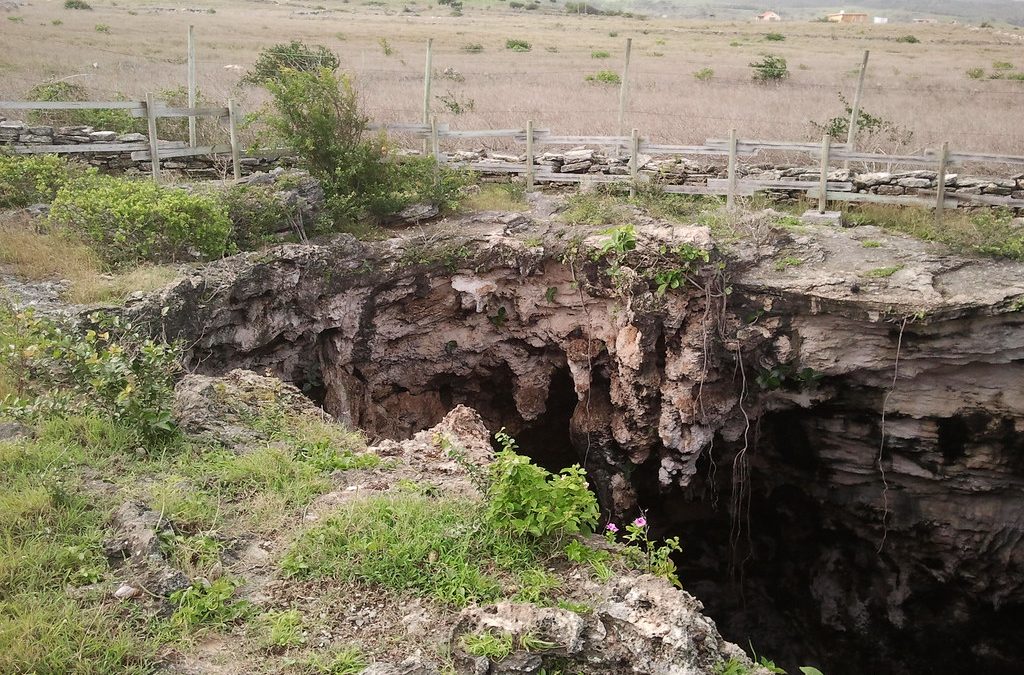
There are 2,000 feet of stalactites and stalagmites, which decorate the cave of more than 1000 meters long. The cave is located in the village of Petite Butte. The relief and the tints of the vault are the principal charms that fill one with wonder.Usually guides will accompany you with electric torch, as there is no artificial light inside the cave. The last visit is at 3 p.m. It is advisable for you to carry your own torch as well in case you get lost in the trail.

The tourists are allowed to go inside the cave on their own, without taking the help of a guide, but a guided tour is recommended if you’re interested in knowing more about the cave and the various formations inside it. Some places in the cave could be slippery and require some tricky maneuvering. This is where the guide can help you to get through the slippery parts. You may want to wear shoes with good grip and take a light jacket.
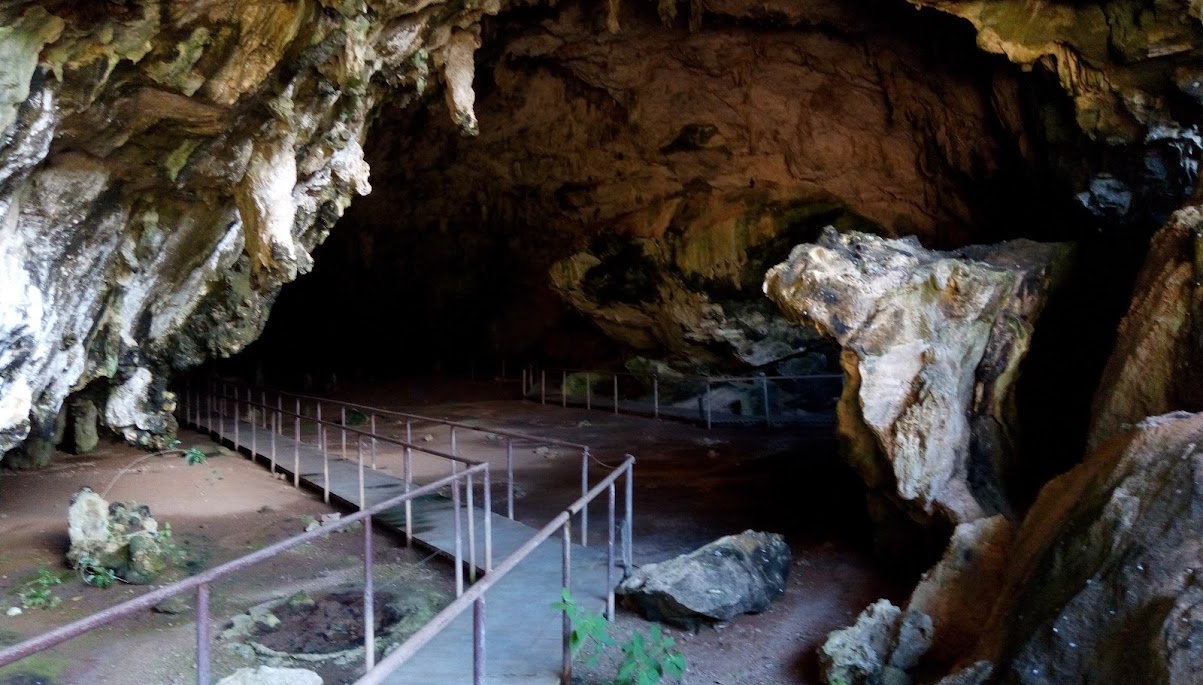
Literally translating to ‘Sweet Potato Cave’, it is now famous as the longest limestone cave not just in Rodrigues, but in the entirety of Mauritius as well. A visit to the Caverne Patate is a visit to a place that is as old as time itself.
Rodrigues island is home to quite a few caves and caverns which were used in the ancient times by pirates to hoard their treasure.
You need a permit issued by your hotel in Rodrigues or by the “Terres” office in Port-Mathurin to access the cave. As for the natural site, it is accessible 4 times a day: 9 am, 11 am, 1 pm and 3 pm. Helmets are mandatory during the visit. Torches are also supplied with helmets at the entrance.
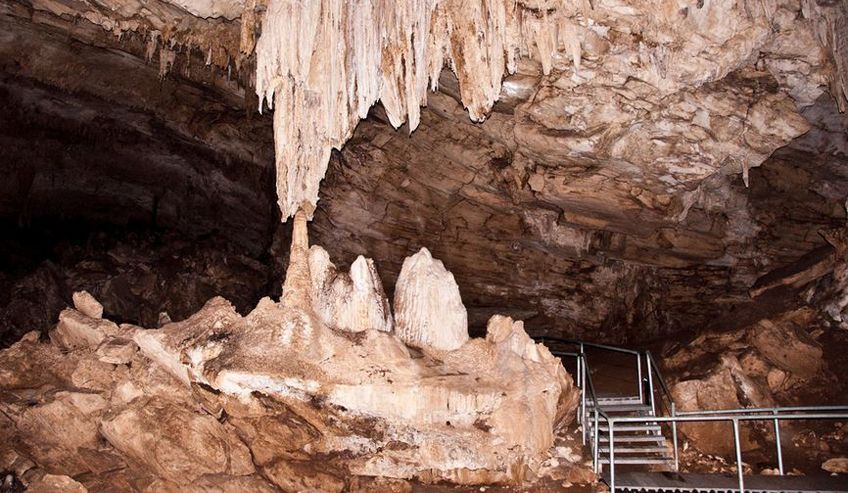
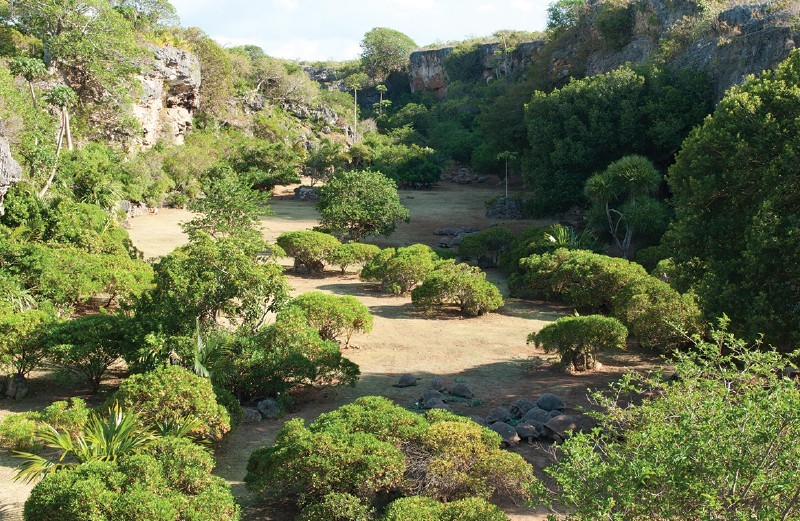
François Leguat Giant Tortoise Reserve is located in Anse Quitor in the Southern coast of Rodrigues island. It is a nature reserve of 20 hectares rich in flora and fauna and spectacular caves. The reserve with the introduction of endemic plants, shrubs and trees, along with protected animal species looks what it was 300 years ago.
The reserve first opened in August 2007as a part of the project La Vanille Reserve in Mauritius. It is named after the 18th century settler François Leguat, who recorded much of the island’s natural flora and fauna before it went extinct.
The reserve is only a few hundred meters from the Rodrigues airport and is right beside Anse Quitor Nature Reserve.
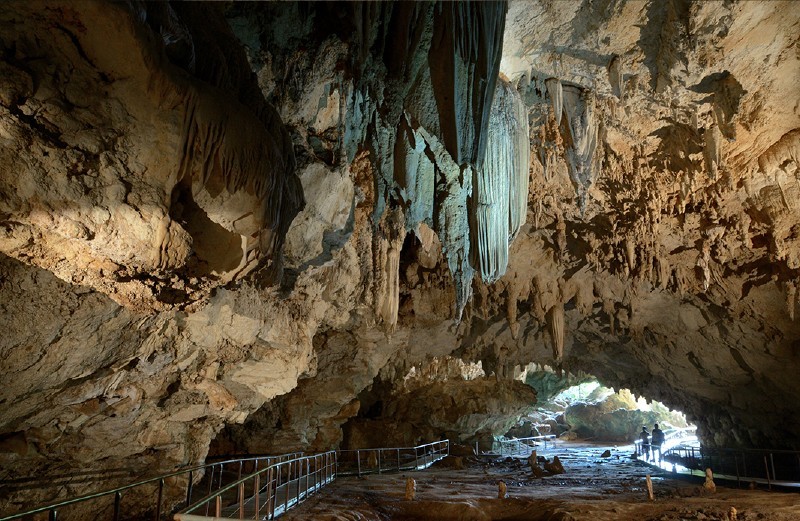
There is a 2km-long walkway through the reserve, surrounded by emerging forest and some very rare plants, along with the luxuriant greenery. On your walk you will come across the giant tortoises which were once present in large numbers. The reserve is now home to over 3000 tortoises and 300,000 plants. The tortoises are well protected and are under careful surveillance now. The tortoises played a crucial role in the health of the island’s indigenous vegetation and ecosystems. Their movements and grazing rejuvenated the vegetation. They also caused the dispersal and germination of the seeds of many plants.
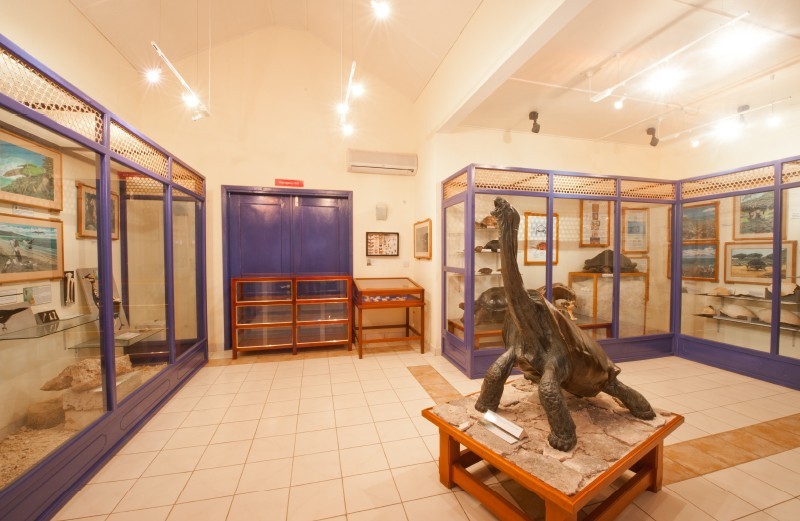
There is also the 500 meters long “Grande Caverne” where your guide will point out the weirdly-shaped stalactites and stalagmites. The cave is well-equipped with lights, handrails, and walkways.
There is also a museum, several education centres,information areas,restaurant, and souvenir shop onsite.
The reserve offers guided tours every day at 9.30 a.m, 10.30 a.m, 1.30 p.m, and 2.30 pm.
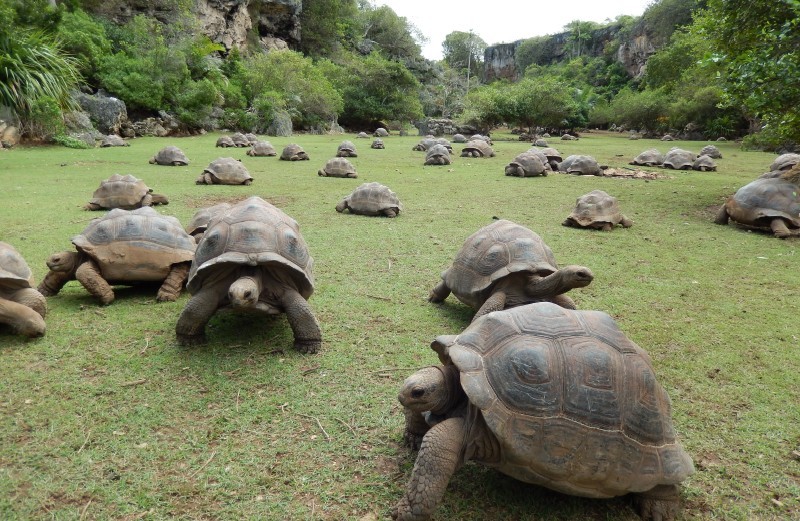
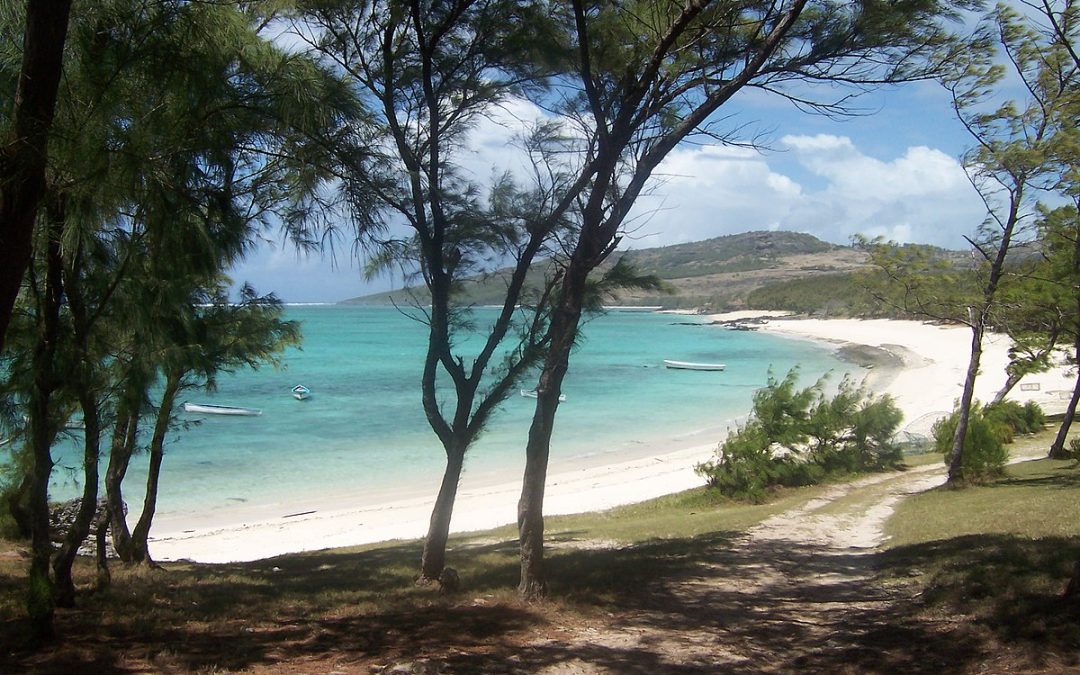
If you want to get a close view of the natural surroundings of this volcanic island, then you can set off to the gorgeous eastern beaches of the island, notably Anse Ali, Pointe Cotton, Fumier,Saint Francois and Trou d’Argent, which is in fact best done by walking.
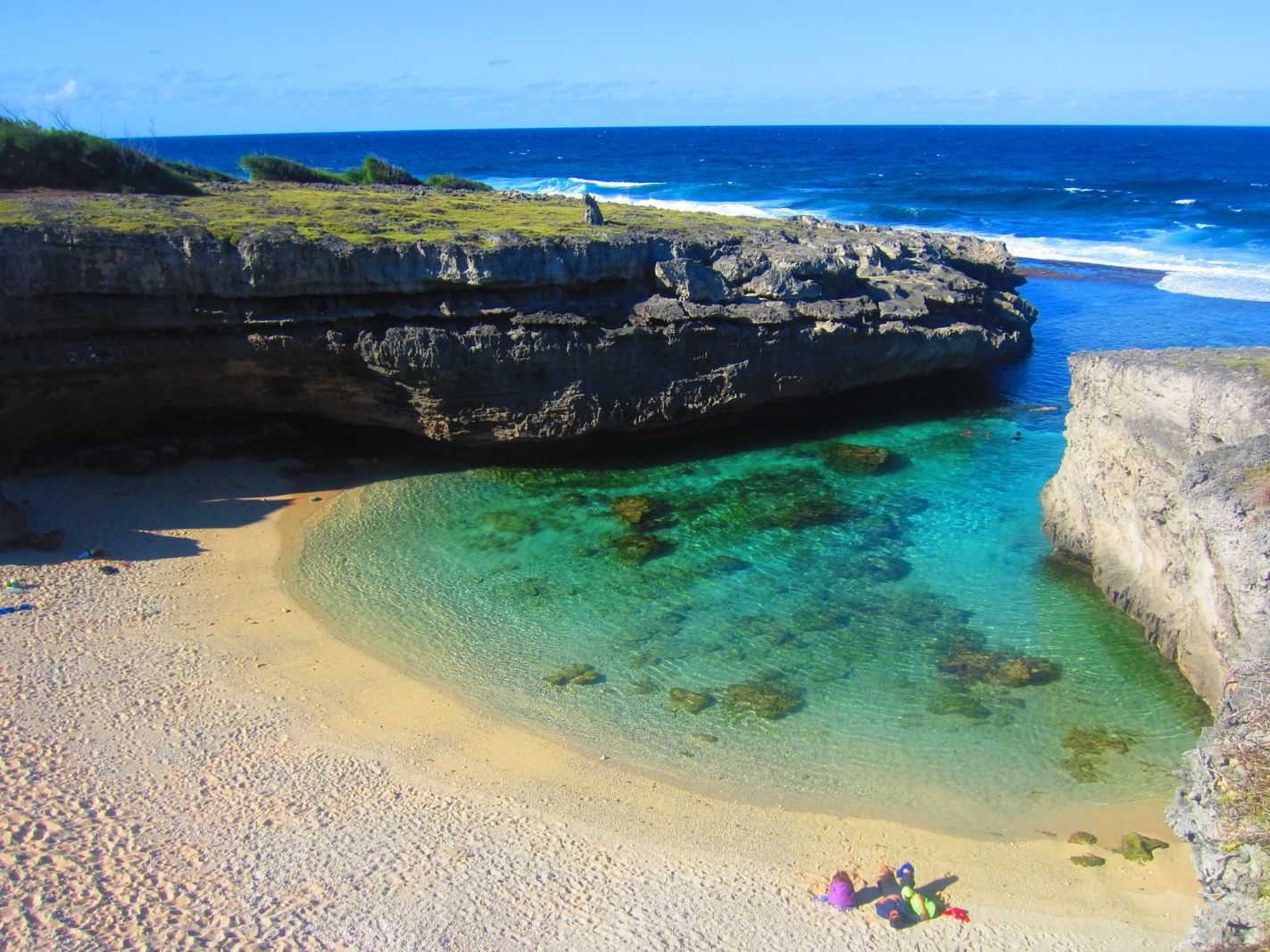
Trou d’Argent has recently been ranked among the 30 best preserved beaches in the world. This sandy beach is not accessible through four wheeler so be ready for long walks if you really want to enjoy the peaceful environment that this place has to offer. You can get there with moderate effort by walking along the coastline and preserved narrow creek-like coves. The beach is surrounded by cliffs and offers a calm, relaxing environment. It encloses three coves. The best time to visit this place is between February to April or September to December.
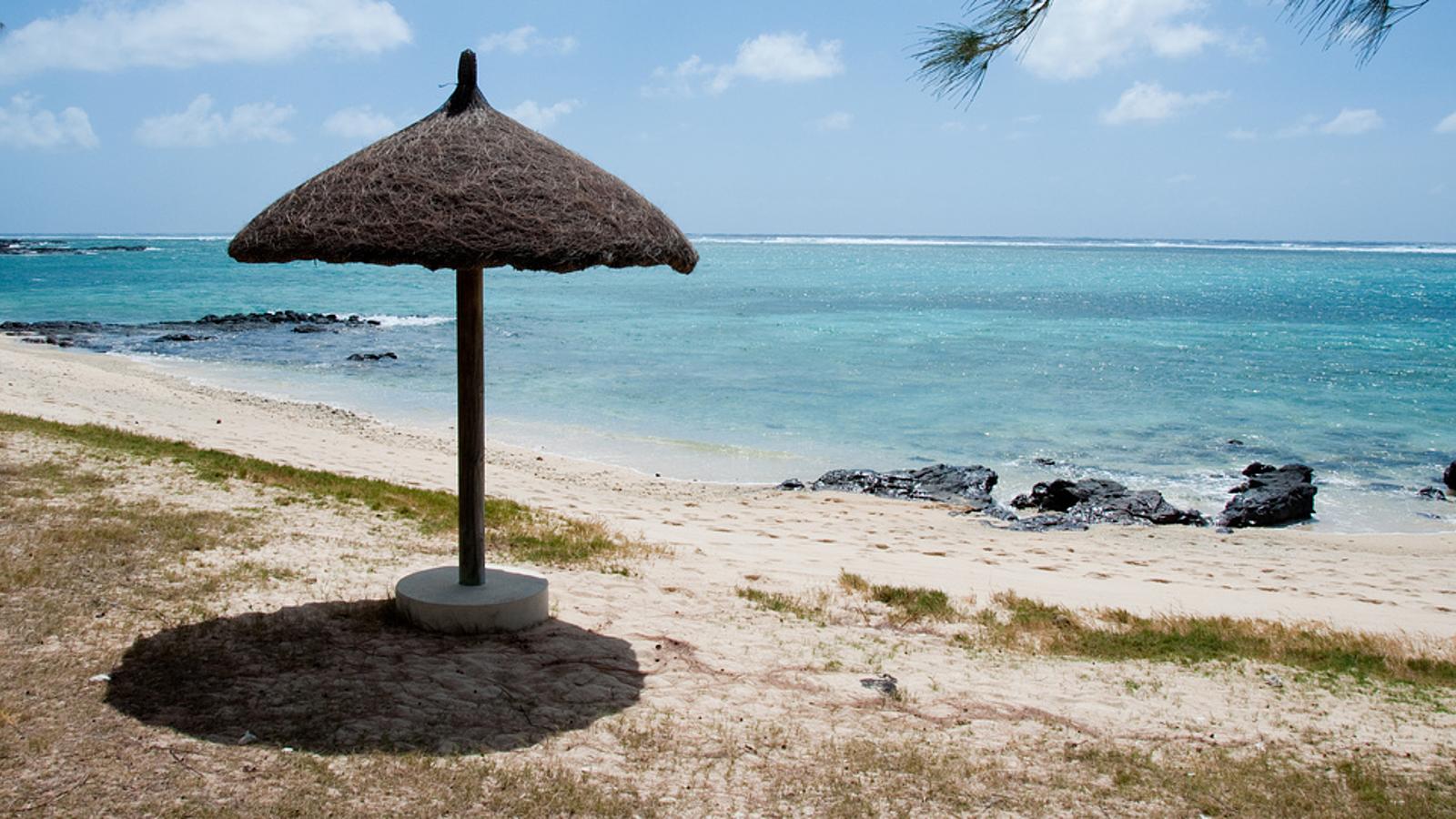
Pointe Coton beach is famous for its rock formations of coral origin. Along the beach there are shady casuarina groves which serve not only as a spectacular background, but also as reliable protection from strong winds. The beach got its name from the beach where it is located. The popular hiking trail starts from here. The hikers leave from the bus stop for a hike of at least 2 hours along a 6-kilometre trail. The resort area of the island where the beach is located is replete with resorts and restaurants for every taste and budget. The coastal shallow water guarantees a safe swimming, parasailing, banana boating and water skiing.
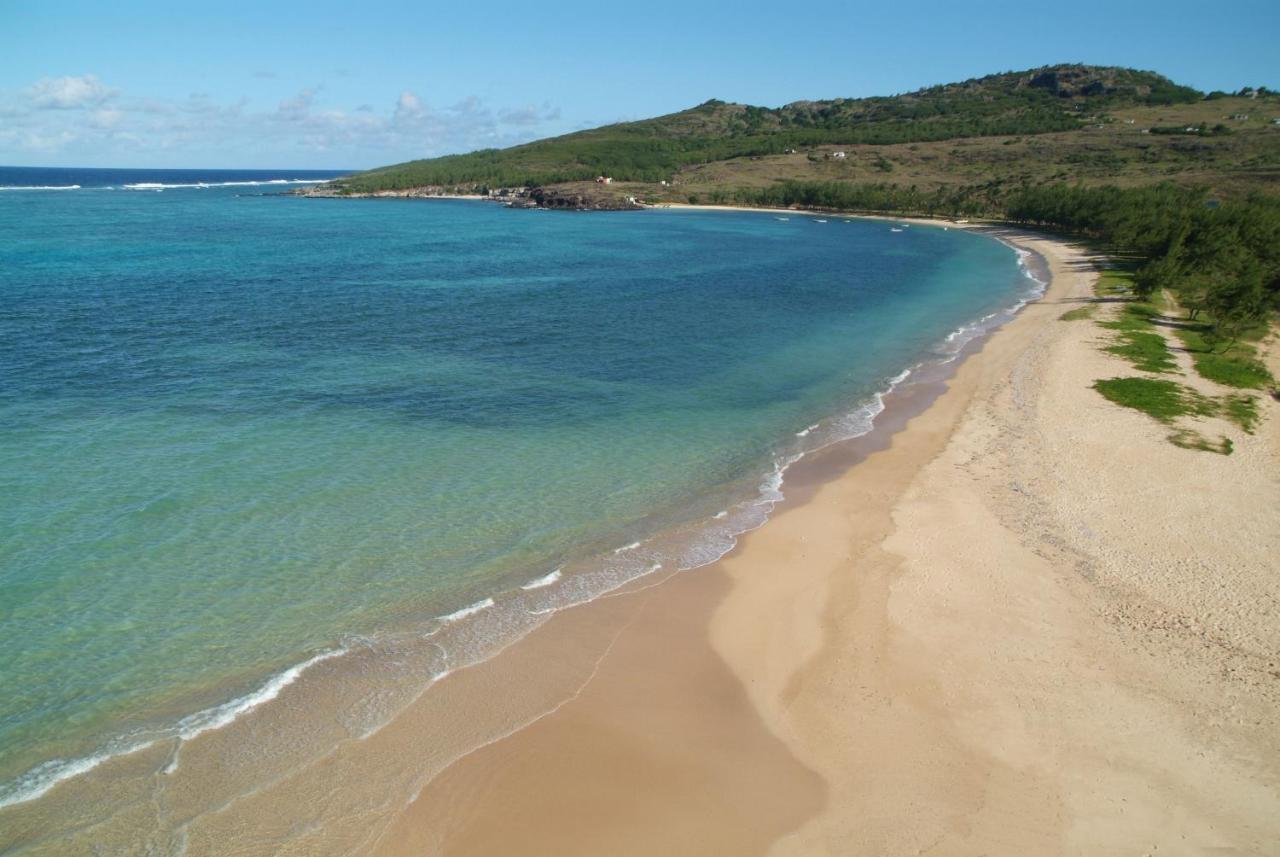
Saint Francois beach is a scenic viewpoint in Rodrigues. It is situated near Solange et Robert, and close to Solange & Robert guest house. The beach is lined with casuarina trees. Auberge St Francois and Tekoma Boutik Hotel are two of the hotels near St Francois beach.
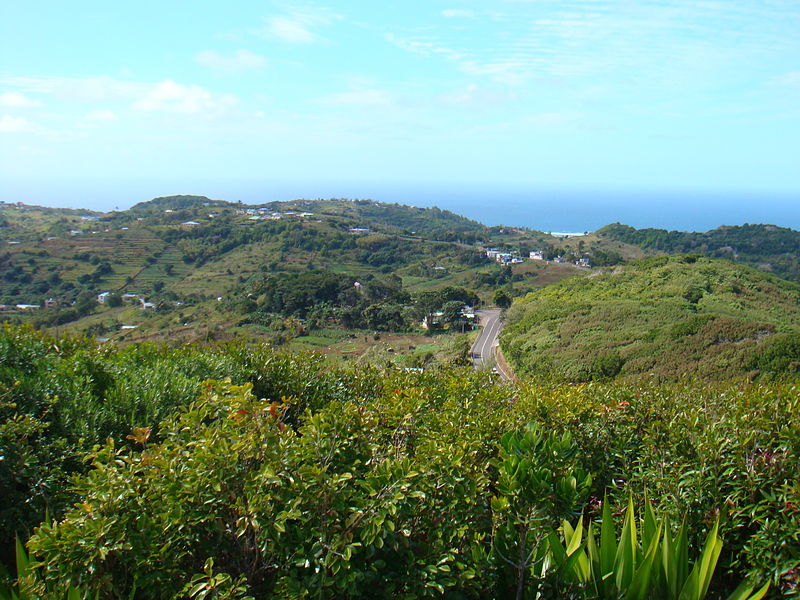
If you want to have a panoramic 360° view over the island, then you go to Mont Limon. This is the highest point of the island at 1,300 ft above sea level, and is situated at the heart of the island. It is easy to access because it is close to Port Mathurin. Sometimes the top of the mountain will be covered with fog and it may be chilly due to the altitude.
Due to the hilly landscape of Rodrigues, it literally takes less than 5 minutes to reach the summit. There’s no parking lot but you can leave your car on the other side of the road. The path is well-marked and easy to follow thanks to the orange and purple markings.

Beside magnificent views of the island, you also get to see the gorgeous geological relief, agricultural terraces, and the azure blue ocean.The temperature there is slightly elevated, and due to this, there is plenty of lush green vegetation.
Most people only visit the main viewpoint but once you get to the summit, take the path on your right and you’ll find other scenic lookout points.
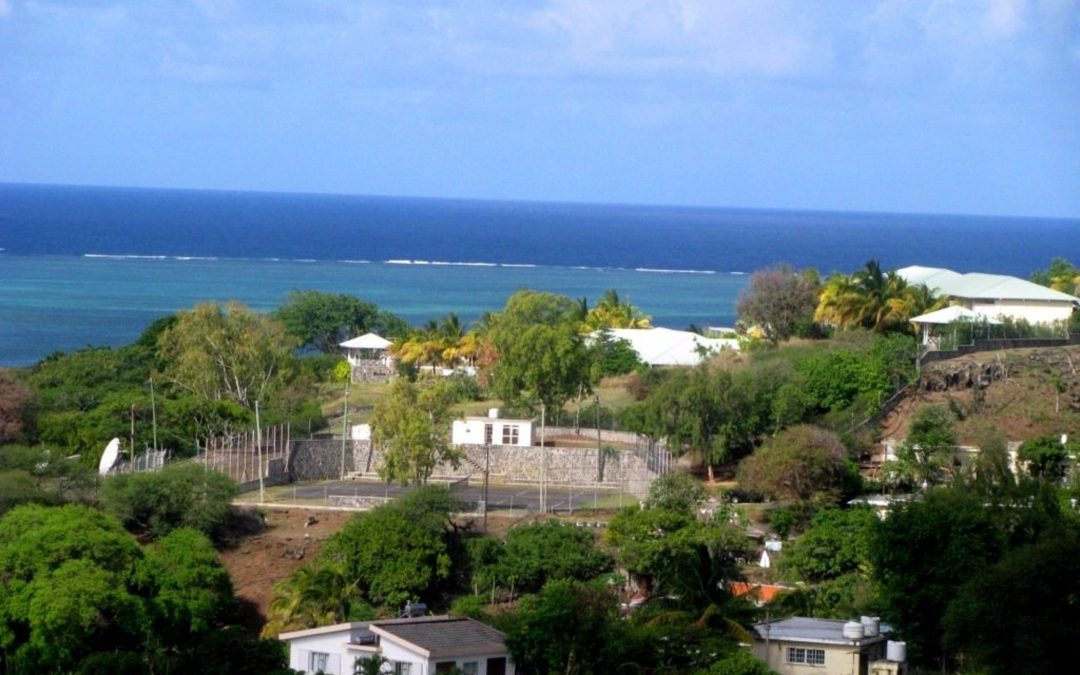
Port Mathurin is the capital as well as the regional administrative centre of Rodrigues and it offers all the necessary facilities such as the banks, ATMs, travel agencies, well equipped library with free wifi access, the market, craft shops, casino, restaurants and supermarkets, along with other developments,which are not likely to be found in other parts of the island.
If you want to buy fruits and vegetables, it’s best to go early as almost everything will be gone by 10 a.m. The tourist/craft market, on the other hand, stays open until 1-2 p.m. This is the most visited part of the market where you can buy all sorts of local products including dried octopus and fish, pickles, chili sauce, tourtes (a Rodriguan pie filled with papaya, pineapple, and coconut), rattan baskets, handbags, etc.
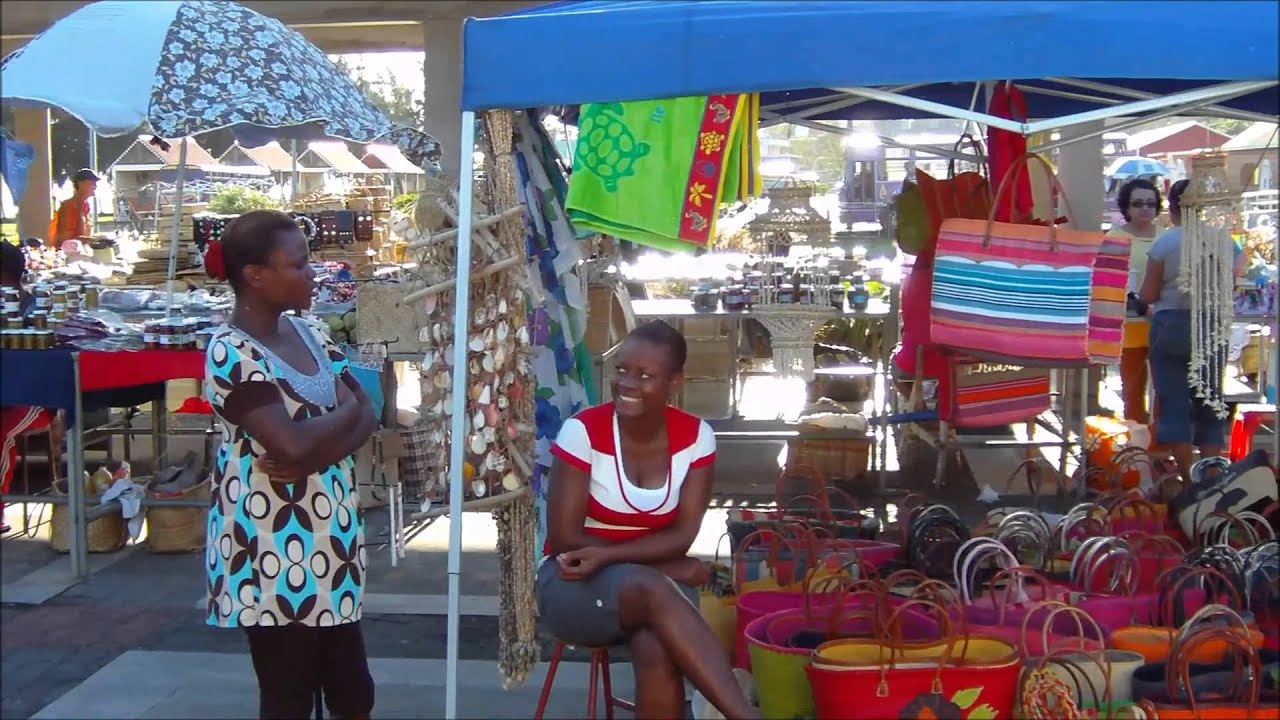
There is also a magnificent mosque and a church that add to the highlights of the capital. Going further, you will find the local handicraft shops selling articles such as hats, baskets, jewellery boxes, that have been skillfully woven in raffia or in screw pine leaves.
There is a big parking lot behind the market and you will have no problem if you arrive there by cr,
Craft Aid, a small enterprise that employs handicapped people, has a workshop in the capital. The workshop makes a multitude of jewelleries from the shell of coconuts and the workers are also specialised in bee keeping. The Craft Aid had won an Excellence Award in 2000 during an international contest, along with the honey of Rodrigues which had acquired much fame.
The most popular night club is situated at Port Mathurin, just near the bus station. There are usually some theme nights such as for Halloween, Christmas, and new year where the DJs will make you dance till dawn.
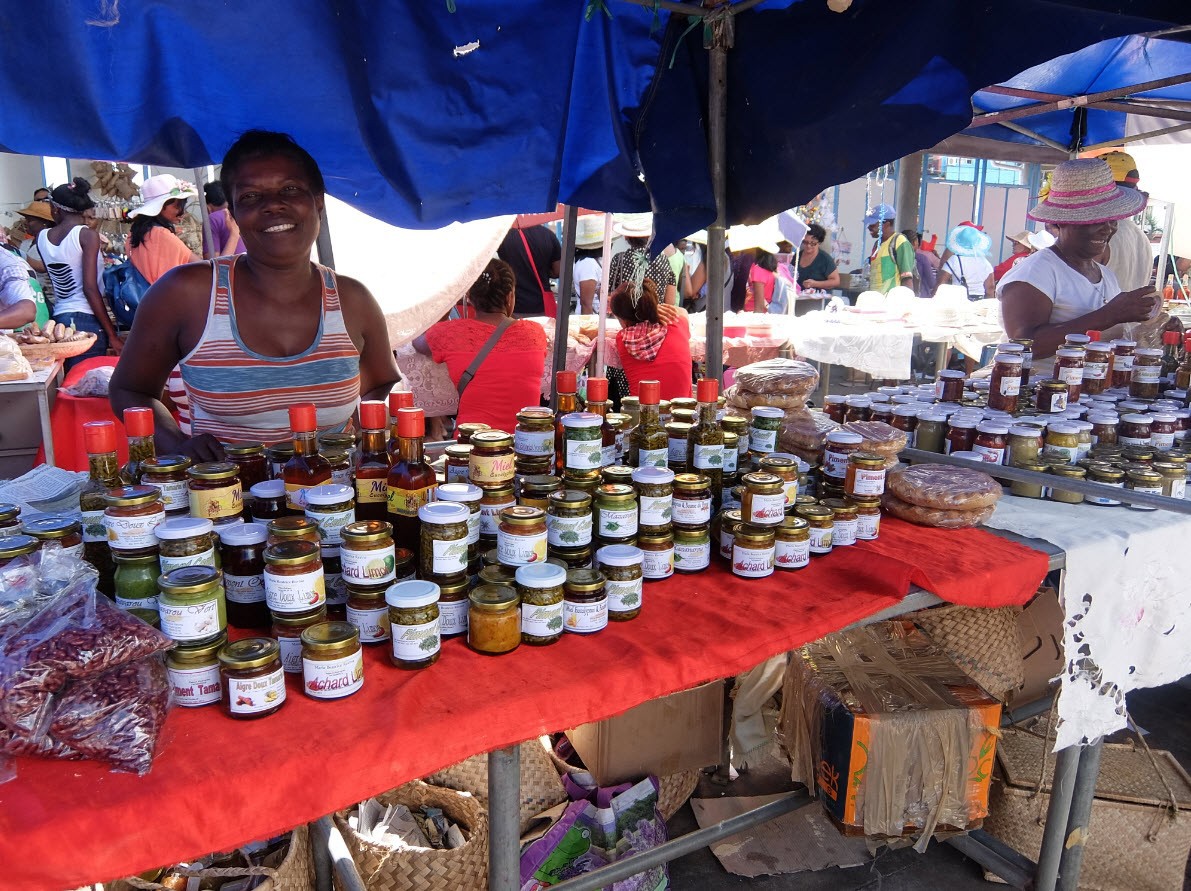
Central Market in Port Mathurin
The market plays an important role in the lives of people living in the city. The market becomes active from the early morning at 5 AM. Vendors from all over the island flock to the market by packed buses. The market is open daily. But on Saturdays, the ship from Mauritius brings vegetables, fruits and seafood. There will be more crowds on Saturdays. There will also be many local women selling artisanal products such as handicraft bags, accessories, hats, mat, including food stuffs such as the pickles, coffee, and salted seafood.
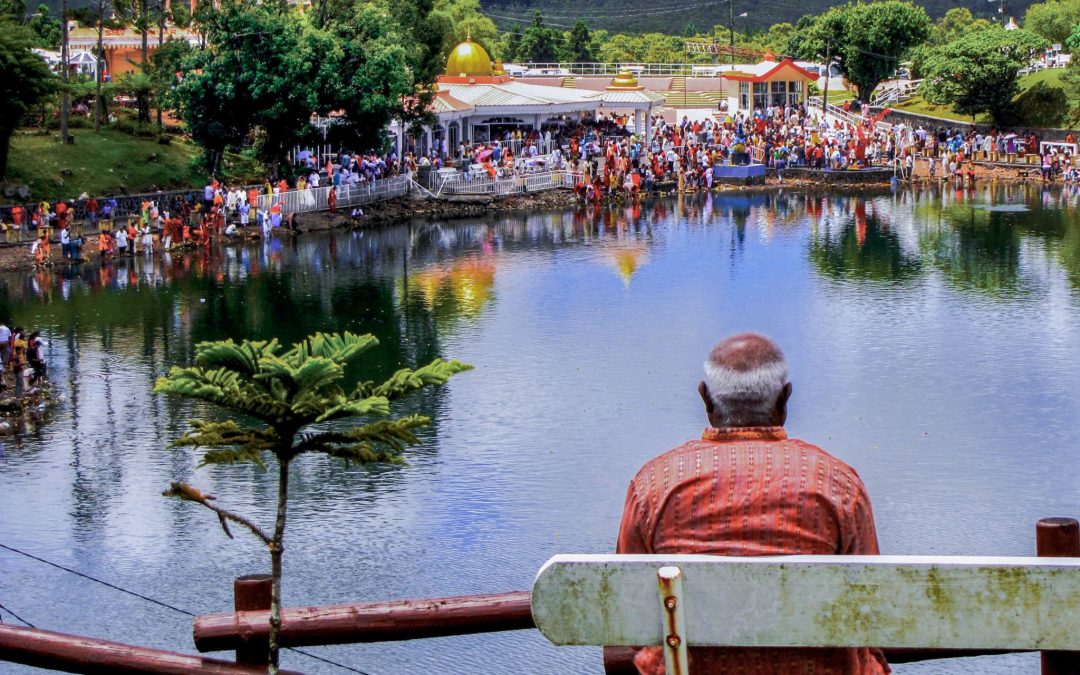
Grand Bassin (also known as Ganga Talao) is a crater lake situated in a secluded mountain area in the district of Savanne, deep in the heart of Mauritius. It is about 550 m (1,800 ft) above sea level. It is the largest natural lake in Mauritius.The lake is thought to be around 18 meters deep and is teeming with a healthy population of fish and eels, perhaps because of the leftover offerings they receive from Hindu pilgrims. However, it is strictly forbidden to fish here due to the sacred nature of the lake.

Many people visit the site to pray, meditate, play with the local monkeys, or simply to walk by the lake and enjoy the gorgeous surrounding views.
In 2007 a huge statue of the Hindu god Shiva was unveiled and remains the tallest statue in Mauritius at about 33 metres high.
Grand Bassin is surrounded by candy-coloured statues of deities and Hindu temples. During Maha Shivaratri, which takes place at the end of February or beginning of March each year, half a million Hindus make a pilgrimage to the lake, the most holy place on the island. If you travel to Mauritius during this time, don’t miss this spectacular festival, which is one of the biggest Hindu celebrations outside of India. It’s a good idea to go with a guide who can give you a bit of background about all the deities depicted on the statues. Try to be respectful in the temples by wearing modest clothing and removing your shoes before going inside and do not disturb the devotees who are praying there.

To fully grasp this festival’s significance, it is important to know the harsh history of the indentured Indian labourers in Mauritius.The Hindus in the island are the descendants of half a million indentured laborers, subjects of the British Empire brought to Mauritius in the nineteenth century with the fake promise of a better life. Disease was rife aboard the vessels crossing the Indian Ocean, with cholera, smallpox, malaria and yellow fever. Those who made it to the mainland worked as labourers in the sugarcane fields through tough conditions. It was not slavery, but it was far from what we call a normal healthy working environment.
From the top of Grand Bassin you get spectacular views of the surrounding area.